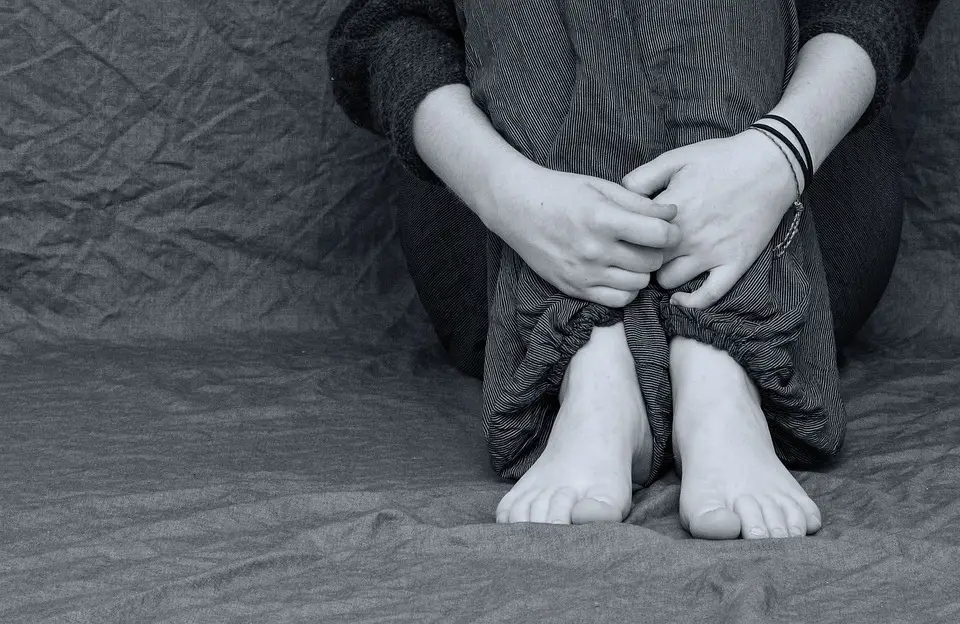Suicide
Suicide is the third leading cause of death among teenagers, and the percentage of teens who have seriously considered suicide or made plans for attempting suicide has increased since 2009. Suicide is the second leading cause of death among young adults. Among young teen girls, the suicide rate has increased 200% since 1999. Suicide is obviously a subject that no parent wants to ever face, but with today’s growing concerns, it is vital to be aware of common issues and solutions to help your teen stay safe.
There are many myths about suicide, and sometimes even people in the helping professions hold common misunderstandings.
- Myth #1: Suicide occurs without warning. Actually, most suicidal people give multiple warnings. Parents tend to miss the warnings or dismiss them as, “That’s just our daughter overreacting.” Take every warning or sign seriously. Warning signs of a potential suicide are available from many trustworthy websites, including www.suicidology.org. Unfortunately, the ultimate warning is an attempted suicide, and as parents we want to do all we can to not reach that point.
- Myth #2: People who talk about suicide won’t do it. The truth is, most of those who commit suicide did talk about it, but the people with whom they talked probably didn’t take the warning seriously. Many parents are mistakenly afraid of mentioning the word suicide from fear it may give their teen the idea. If you even suspect your teen is considering suicide, ask her.
- Myth #3: Suicidal people don’t seek medical help. Research suggests that about two-thirds of people who attempt suicide visit a doctor in the month before their attempt, and almost four in ten in the week before.
- Myth #4: All suicidal people are mentally ill. Too many people believe that suicide only happens to people who are mentally ill. While many people who commit suicide have an underlying mental health issue, most who are suicidal appear normal to those around them.
- Myth #5: Suicidal people are totally committed to dying. One of the most common characteristics of adolescents who are contemplating suicide is ambivalence. They have a strong desire to end their lives, but they also have a strong desire to live. You can give them hope and security, and this can easily change their mind. Teens are looking for a reason to live.
- Myth 6: When the depression lifts, the suicide crisis is over. Often the lifting of depression by a suicidal teen means exactly the opposite: the crisis is deepening. This lifting can mean the adolescent has finally decided to take his own life. Once the decision has been made, the depression is sometimes replaced with an almost manic feeling of euphoria.
My good friend Rich Van Pelt, an expert in the field, has taught for years that what is needed for a teen to commit suicide is a time, place, and method. If a teen has discussed a time, a place, and a method for killing himself, he is in a lethally dangerous phase, and parents should take this extremely seriously. Seek help immediately without any delay. If there is a plan in place, the best way to stop it is to intervene, which usually means a complete evaluation at a hospital. If your teen is suicidal, seek help immediately, and if he has discussed any suicidal method, make sure the means are taken away from him. Suicide is a permanent solution to a temporary problem. There are times when parents are just simply caught off guard. But regardless of the situation, a parent who is informed and seeks help will typically see the temporary problem become resolved.



